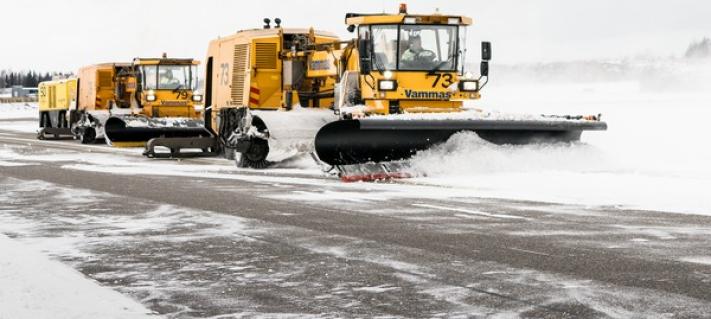Helsinki Airport development programme prepares the airport to serve 30 million annual passengers in the future. The terminal will be expanded by a total of 103,000 square metres, which corresponds to an area the size of the Linnanmäki amusement park in Helsinki.
As extensive construction projects consume a lot of energy and shape their environment, Finavia wants to carefully measure the economic, social and environmental impacts of the development programme. Here are some of the key responsibility figures from last year:
Employment impact: 1,662 annual work units
Helsinki Airport development programme has a significant effect on Finnish employment. The overall employment figure can be further divided into how the project employs people during the construction phase and how many new permanent jobs it creates.
The total employment impact of the development programme is an estimated 14,000 annual work units during the entire construction period. In addition, the expected growth in passenger volumes will generate an estimated 5,000 permanent jobs.
Worksite safety on an excellent level
Safety is vital to all development and construction work at Finavia's airports. The occupational safety level is followed up on a regular basis and potential improvements are made immediately. The occupational safety level was excellent being 96 per cent at all worksites in 2017.
Other important areas of safety when developing Helsinki Airport are airport security and aviation safety. In construction and modification work, a safety analysis is performed for each project, on the basis of which the best way is found to ensure occupational safety and airport security.
Utilisation of soil 75 per cent
The targets for soil reutilicycling during the development programme are ambitious. Majority of the soil dug up during construction is used either immediately during the expansion project, either for building the apron or as landfill. The rest is taken to authorised locations.
Soil is also investigated carefully: contaminated and valuable bits are separated in order to recycle as much of the soil as possible. All parties working with excavation work have to comply with this principle.



